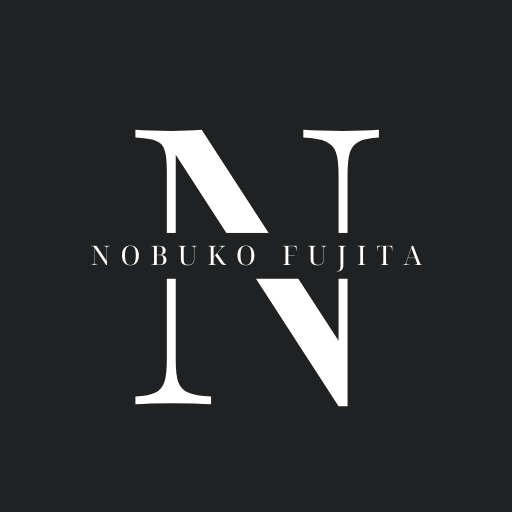Getting back to the visualization of KF activity, I’ll elaborate on what these graphical representations suggest about the students’ participation over time, and their relationships with each other and ideas in terms of build-on, reference, and annotations.

(I know the photo has nothing to do with the visualizations, but I’m overjoyed that it is finally spring!)
The week of discussion depicted in the visualization (see below) was one following a statutory holiday, around which there is usually a lower level of participation in the database. The 2 student moderators created 3 groups of 5-6 students to focus on a course reading each. Groups were asked to discuss several questions on the topic of the role of the teacher in computer-mediated communication (CMC) learning environments, and post a concise response by the end of the day 2. Later in the week, the student moderators used rise-above notes to clean-up the view by grouping instruction notes together, small group notes together, etc.

On the graphic, there are dark red bars to the right of the pseudonyms showing the amount of notes each student contributed. These indicate that students contributed somewhat less notes in this week than they normally do in my data. However, the line-up of squares (notes) on day 1, suggests there was a more even participation right at the beginning of the weekly discussion. This is because the moderators set up co-authored notes editable by members of each group. Normally, moderator notes will be displayed first, and then others students contribute notes more gradually over the week.
There are also lots of green lines connecting the notes to represent build-on notes. The upper-left portion of the build-on graphic shows more activity, with the student moderators and students who have high levels of both reading and writing interconnected with arrows, and the rest of the class building on to the instructor, who intervened when the class reacted negatively to the tight timeline and rigidly-structured group discussion.
The references in red are interesting. The “spirograph” shows web of referencing among the 17 students and the instructor. Chris explained in a comment that the presence of the 4 students in the center of the circle resulted from the dimensions of the projection. When we compare this with the red lines in the graphic above, we can see instances of students referencing peers and referencing self (but not instructor as the referencing graphic would suggest?), and the instructor referencing students.
Annotations are in blue. Students usually use these to acknowledge and thank others for their contributions rather than contribute “clunker” notes that clutter the working view or space. What’s interesting here is that EL, who writes actively in the individual space of her learning journal that she calls “blog” but doesn’t seem to read or write as actively in the public discussion spaces of the database, annotates two notes (feedback on moderation; critique of the use of rise-above feature for organization rather than a knowledge advance) 8 days after the end of this week’s discussion, when others may not see it.

Leave a Reply